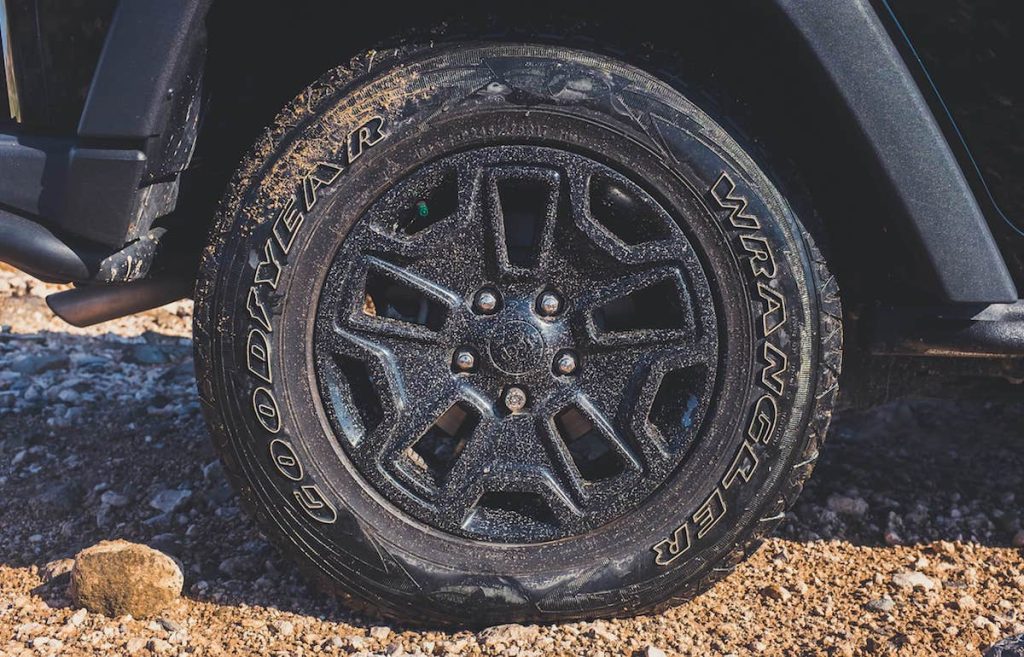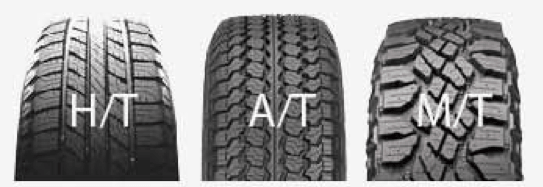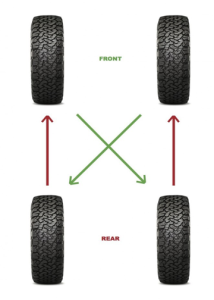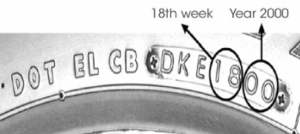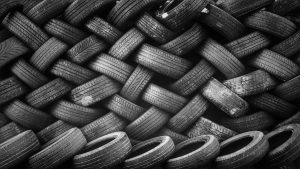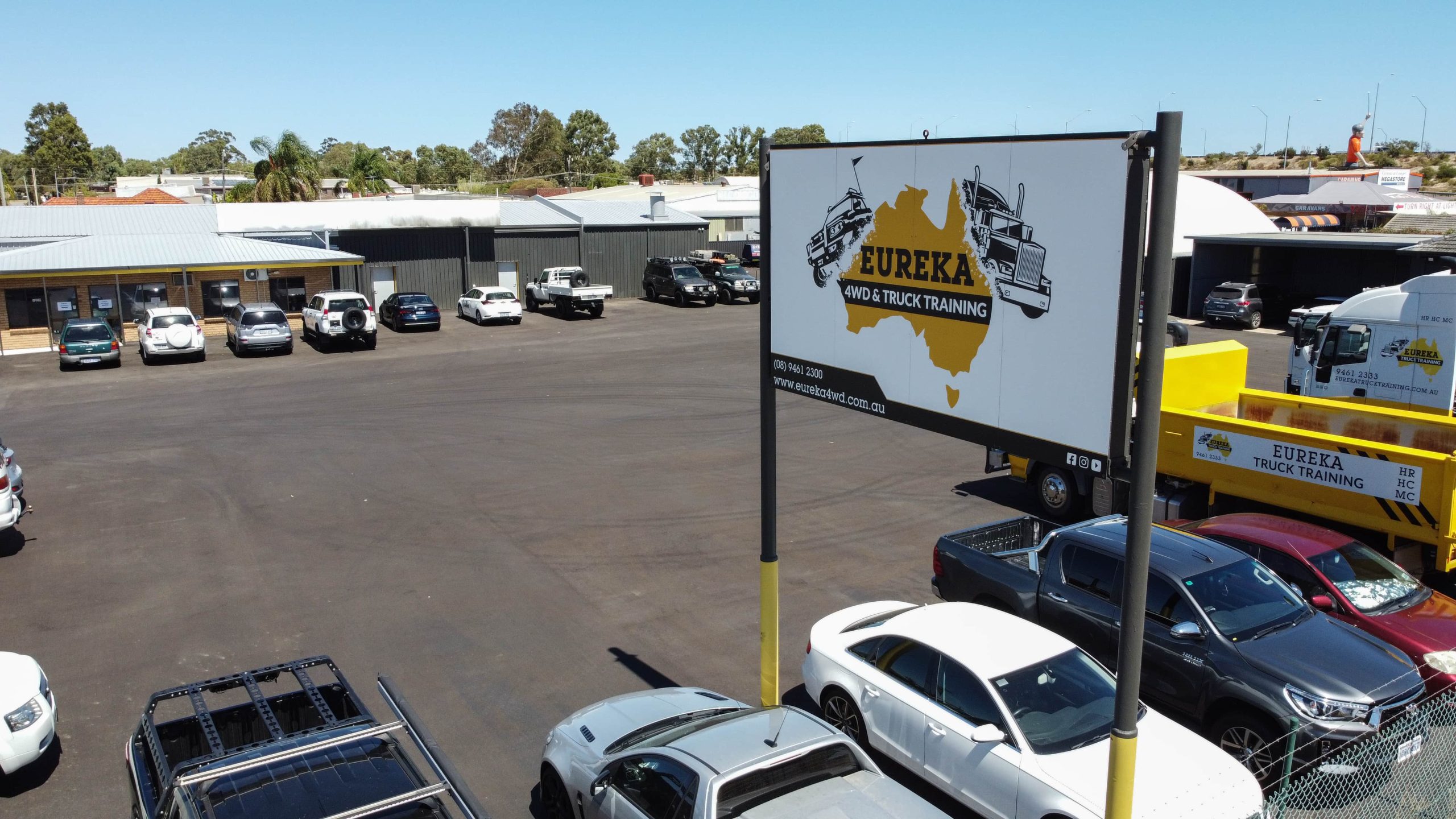4WD Tyres Differentiation
We are talking tyres and more specifically 4WD tyres!
So what’s the difference between All-Terrain tyres, Highway Terrain tyres and Mud tyres? How does each of these affect your driving and the performance of your vehicle?
Let’s dive right in –
(A/T) All Terrain
- 60% On-Road driving & 40% Off-Road driving
(H/T) Highway Terrain
- 90% Road & 10% Off-Road
(M/T) Mud Terrain
- 15% On-Road driving & 85% Off-Road driving
Highway Terrain Tyres
Highway terrain tyres are what the vast majority of new 4WD vehicles are fitted with and in many cases fine for general driving off-road and sand driving, issues with a H/T tyre can be a weak sidewall and close tread pattern offering little to no traction in mud and clay.
Honestly, most recreational 4WDers will need nothing more than an A/T tyre for their general on/off-road use. They are the best compromise between on-road and off-road with decent longevity and less road noise than an M/T tyre.
Mud Terrain Tyres
Mud Terrain tyres obviously offer superior grip in wet mud and clay, offer better protection against sidewall damage and look great on any 4WD, but are noisier on the highway, tend to wear quicker and uneven unless time is spent rotating at regular intervals and much more expensive in the majority of cases.
Try to be honest with yourself whether you are just going for the aggressive look over the actual functionality when choosing your next 4WD tyres.
No matter which tyre you opt for they will only work at their best with the correct tyre pressures off-road.
A complaint we often hear from drivers is they wish they didn’t buy a set of mud terrains as they find they don’t work so well in soft sand. Mud terrain tyres do work very well in soft sand, but you will need to go much lower in pressure than you would with say a standard highway terrain tyre. 14PSI is our starting pressure for aggressive tread tyres due to the fact they are made with much stronger construction.
Tyre Rotation Process
Proper tyre rotation is also very important for tyre longevity and correct tread wear. There are many different opinions on the correct way to rotate tyres but the method we have been using with success over the last 27 years with our training and personal vehicles is the method below. We rotate our tyres at 10,000 km intervals.
Check the markings on the sidewall also for M+S which indicates at least 25 percent of the tread pattern is an open tread design for Mud and Snow. Other things to take note of on tyre sidewall markings is LT which indicates Light Truck which is constructed stronger and has a better load capacity.
Manufacturer Stamp Date
Do you also know that tyres have a date of manufacturer stamp?
One thing to take note of with tyre sidewall markings is the pressure marking on the tyre is for maximum inflation at a maximum load not recommended for daily driving. If unsure of correct inflation consult the owner’s manual or placard located inside the door pillar or glovebox. Tyre pressures should also be checked when cold for correct reading.
Eureka 4WD Licencing & Training Courses
For more 4WD tips, reviews and articles from Eureka 4WD visit our blog page
Feeling adventurous? Then join us on a Eureka 4WD Training Course – we have courses to suit all levels of 4WD skill and experience.
Looking for Commercial 4WD courses or Certified 4WD courses? Visit our Commercial training page and find the course that will take your career to the next level.
Have you heard? Eureka 4WD has launched a training app design specifically for 4WDing – and the best part is that it is completely free!
Now you can have an expert with you at all times – available for Android and Apple users in the respective app stores.
Need a truck license? Eureka now offers HR, HC and MC truck training through Eureka Truck Training

